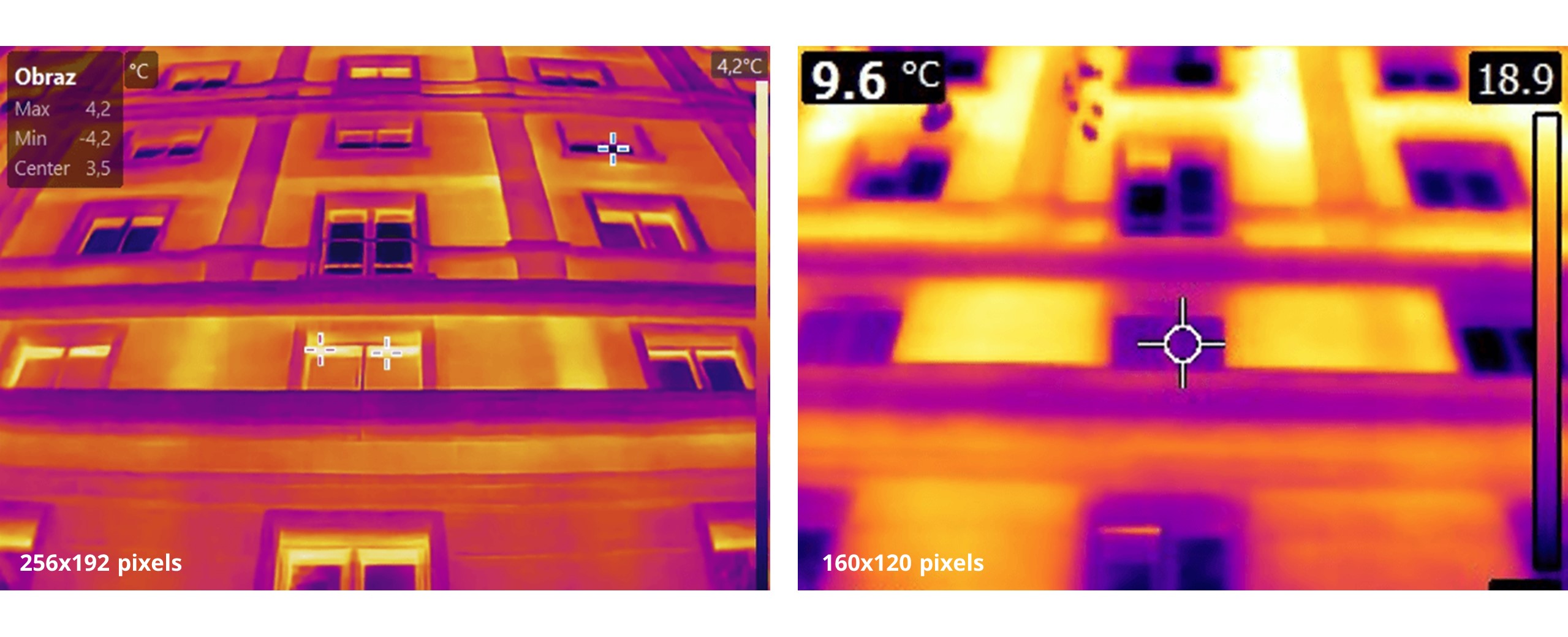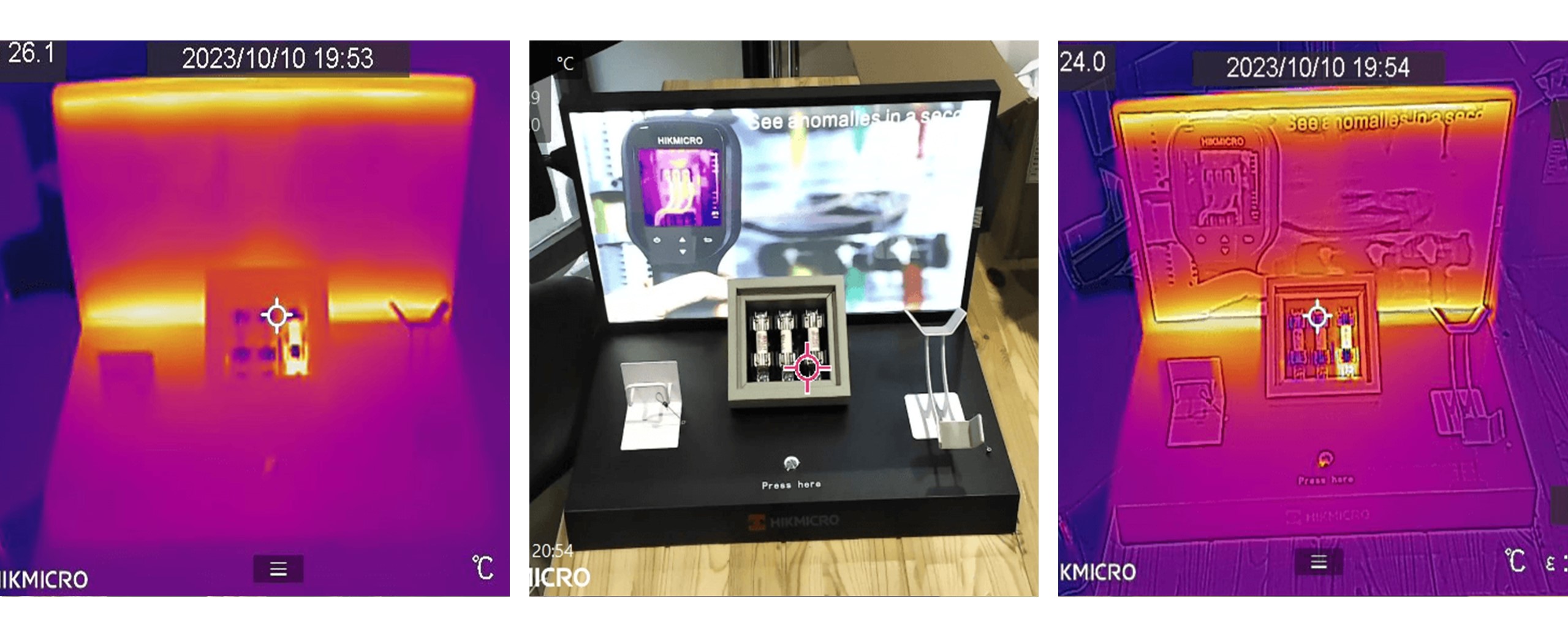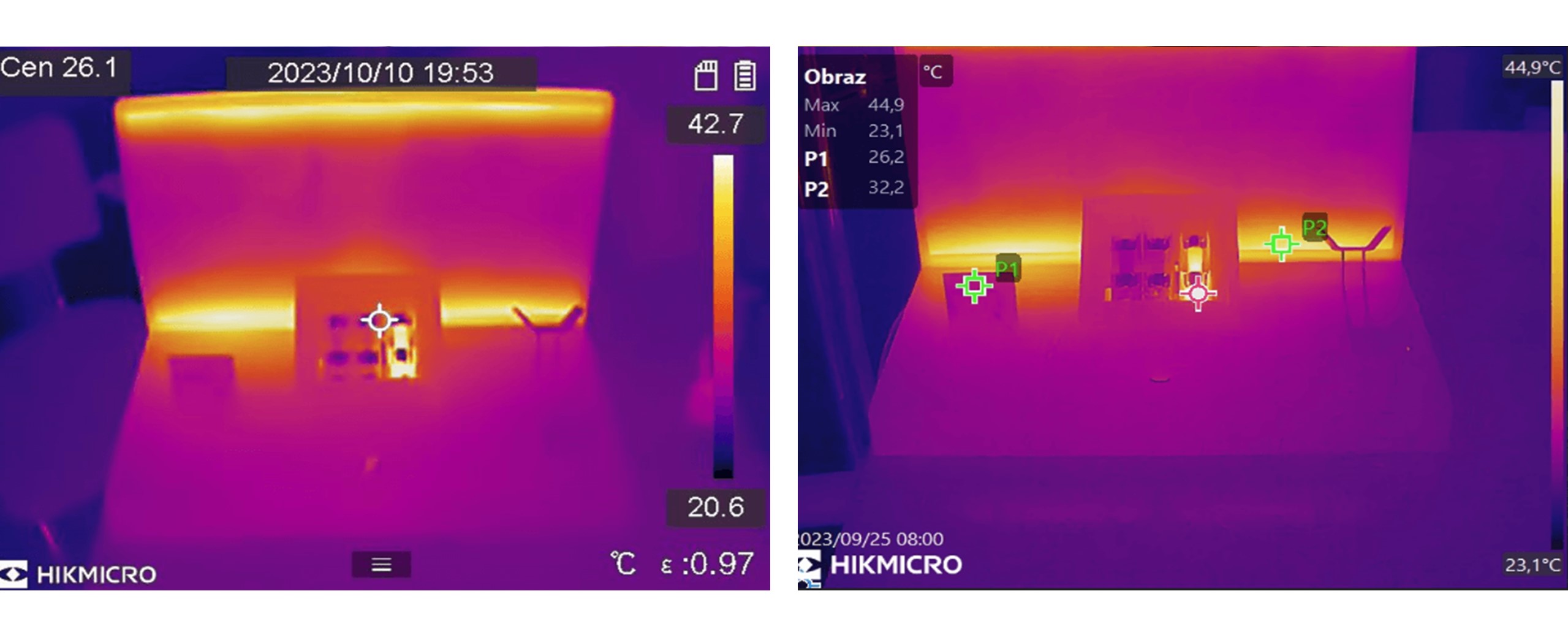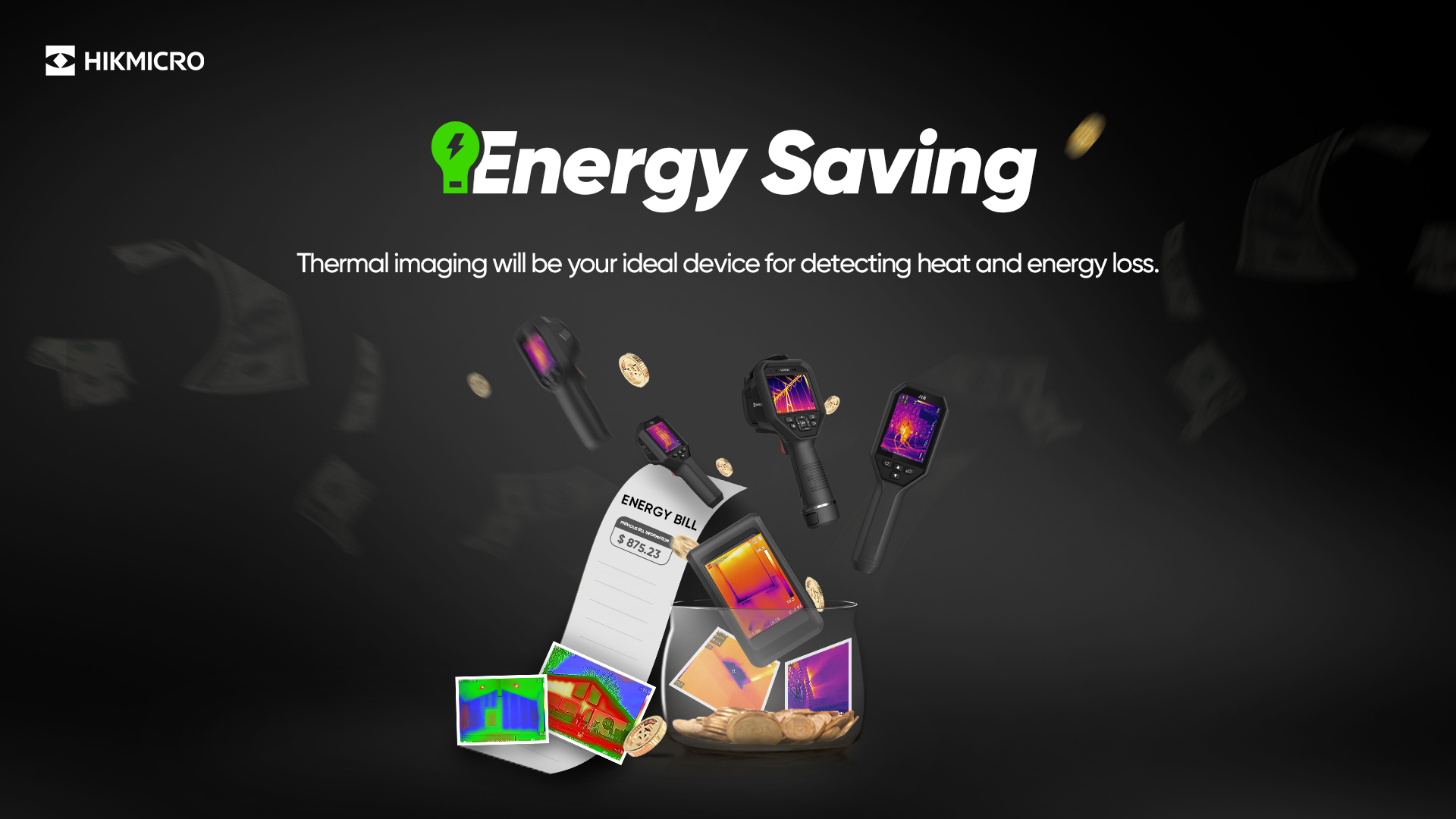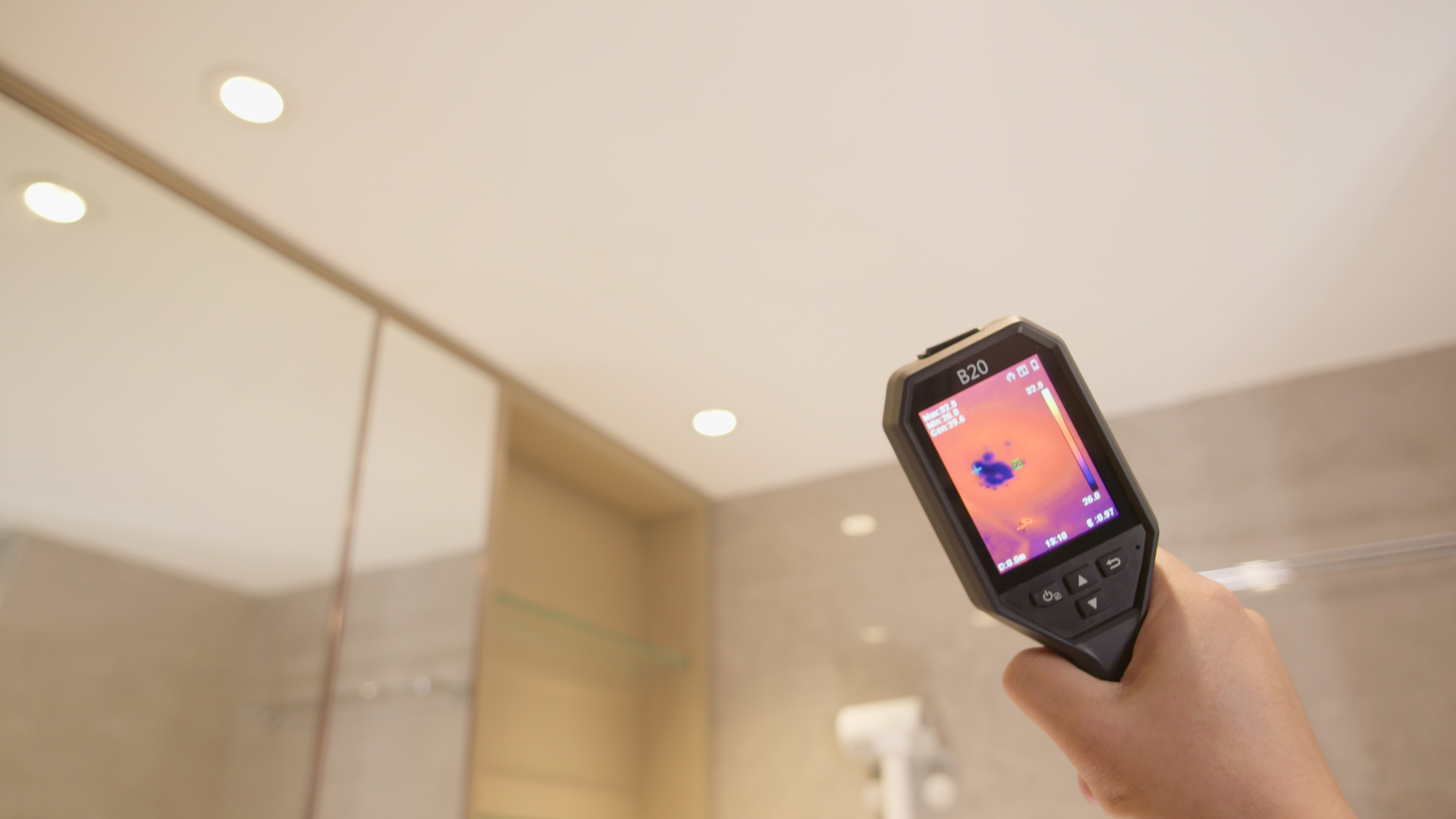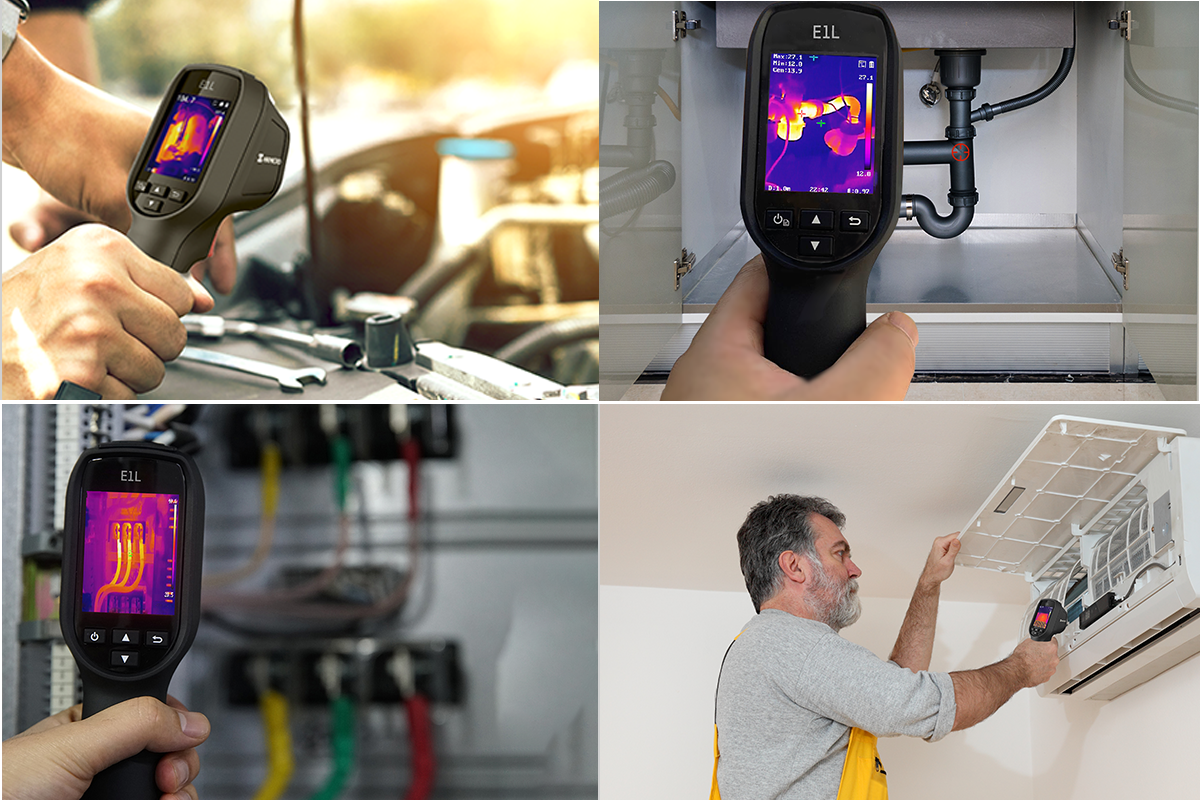As the world continues to feel the impact of the energy crisis, the need to find solutions and save energy has never been more pressing. According to Bloomberg, even though gas prices have lowered in recent weeks, public health authorities are worried about higher energy costs that will leave Europeans unable to heat their homes this winter.
Back
-
-
Thermal Products
-
Thermal Monocular
-
-
FALCON 2.0 NEWFALCON 2.0
-
CONDOR LRF 2.0 NEWCONDOR LRF 2.0
-
LYNX 2.0LYNX 2.0
-
LYNX SLYNX S
-
LYNX ProLYNX Pro
-
FALCONFALCON
-
CONDORCONDOR
-
-
Thermal Scope
-
-
STELLAR 3.0 NEWSTELLAR 3.0
-
STELLAR 2.0STELLAR 2.0
-
STELLARSTELLAR
-
THUNDER ZOOM 2.0THUNDER ZOOM 2.0
-
THUNDER 2.0THUNDER 2.0
-
-
Thermal Clip-On
-
-
THUNDER 3.0 NEWTHUNDER 3.0
-
THUNDER 2.0THUNDER 2.0
-
-
Thermal Camera for Smartphones
-
-
EXPLOREREXPLORER
-
-
-
Digital Day&Night Vision Products
-
Multi-Spectrum Products
-
Multi-Spectrum Monocular
-
-
GRYPHON LRFGRYPHON LRF
-
-
Multi-Spectrum Binocular
-
-
HABROK Pro NEWHABROK Pro
-
HABROK 4K NEWHABROK 4K
-
HABROKHABROK
-
RAPTORRAPTOR
-
-
-
Trail Camera
-
Trail Camera
-
-
M15M15
-
-
-
Application
-
Application
-
-
HIKMICRO Sight NEWHIKMICRO Sight
-
-
-
Accessories
-
IR Torch
-
-
IR TorchIR Torch
-
-
IR Torch Bracket
-
-
IR Torch BracketIR Torch Bracket
-
-
Rail
-
-
RailRail
-
-
Ring
-
-
RingRing
-
-
Adapter
-
-
THUNDER 2.0 AdapterTHUNDER 2.0 Adapter
-
Adapter 1.0Adapter 1.0
-
-
Eyepiece
-
-
THUNDER 3.0 Eyepiece NEWTHUNDER 3.0 Eyepiece
-
THUNDER 2.0 EyepieceTHUNDER 2.0 Eyepiece
-
EyepieceEyepiece
-
-
Charger
-
-
HABROK Pro Charger NEWHABROK Pro Charger
-
THUNDER 2.0 ChargerTHUNDER 2.0 Charger
-
18650 Charger18650 Charger
-
21700 Charger NEW21700 Charger
-
-
Battery
-
-
HABROK Pro Battery NEWHABROK Pro Battery
-
THUNDER 2.0 BatteryTHUNDER 2.0 Battery
-
18650 Battery18650 Battery
-
21700 Battery NEW21700 Battery
-
-
Monocular Pouch
-
-
Monocular Pouch NEWMonocular Pouch
-
-
Binocular Harness
-
-
Binocular Harness NEWBinocular Harness
-
-
Trail Camera Accessories
-
-
Solar Panel NEWSolar Panel
-
-
-
-
-
Handheld Thermal Imager
-
Handheld Acoustic
-
AI Series
-
-
AI56 & AI76AI56 & AI76
-
-
AD Series
-
-
AD21 & AD21P NEWAD21 & AD21P
-
-
-
Fixed Thermal Camera
-
Cube Series
-
-
Cube SeriesCube Series
-
-
Box Series
-
-
Focus free Box Cameras NEWFocus free Box Cameras
-
Auto-focus Box CamerasAuto-focus Box Cameras
-
High Temp. Box CamerasHigh Temp. Box Cameras
-
R&D Box CamerasR&D Box Cameras
-
HFR R&D Box Camera NEWHFR R&D Box Camera
-
-
Heat-resistant Cameras
-
-
Heat-resistant CamerasHeat-resistant Cameras
-
-
-
Flow Meter
-
Electromagetic Flow Meter
-
-
FE0 SeriesFE0 Series
-
-
-
Pressure Transmitter
-
Pressure Transmitter
-
-
PS0 SeriesPS0 Series
-
-
-
Pyrometer
-
Pyrometer
-
-
PD1 SeriesPD1 Series
-
-
-
Software
-
-
-
HIKMICRO ViewerHIKMICRO Viewer
-
-
-
-
HIKMICRO AnalyzerHIKMICRO Analyzer
-
-
-
-
HIKMICRO Analyzer Acoustic NEWHIKMICRO Analyzer Acoustic
-
-
-
-
HIKMICRO StudioHIKMICRO Studio
-
-
-
-
Spot Size CalculatorSpot Size Calculator
-
-
-
Accessories
-
Lenses
-
-
B SeriesB Series
-
Pocket SeriesPocket Series
-
M Series NEWM Series
-
G SeriesG Series
-
SP SeriesSP Series
-
-
Batteries
-
-
M SeriesM Series
-
G/AI SeriesG/AI Series
-
FT Series NEWFT Series
-
SP SeriesSP Series
-
-
Chargers
-
-
M SeriesM Series
-
G/AI SeriesG/AI Series
-
SP SeriesSP Series
-
FT Series NEWFT Series
-
-
Brackets
-
-
Mini/Pocket SeriesMini/Pocket Series
-
M Series NEWM Series
-
SP SeriesSP Series
-
-
Pouches
-
-
B SeriesB Series
-
M/G/SP/AD SeriesM/G/SP/AD Series
-
-
-
-
Solutions
-
Explore
-
Log in -
Where to Buy -
